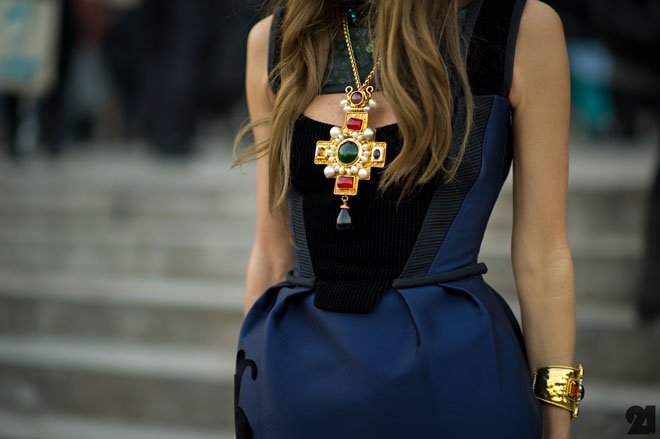Paris Fashion Week kicked off with a huge statement from Christian Dior whose show featured slogans connecting women’s empowerment with the environment, such as: Patriarchy = Climate Emergency; Consent. Consent. Consent; Feminine beauty is ready made; Women’s love is unpaid labour. On the day of the Weinstein verdict in New York, widely seen as vindication for the MeToo Movement, this could hardly have been more timely.
Since she arrived at Dior, creative director Maria Grazia Chiuri has built a reputation for constant highlighting of women’s issues. Fittingly, the stylistic influence on the clothes was the 1970s – an early high point in both feminism and environmental activism.
There was an abundance of suiting and tailoring with a modern twist. The suiting was made using knitting techniques which create unique proportions, allowing the garments to follow the form of the body. Dior classics were also in evidence, with saddle bags and tote bags in a wide variety of colours.
On Monday designers like Dior were still in control of the agenda. But as the days went by, Paris Fashion Week came close to being unravelled by coronavirus.
Many fashion brands have production bases in China and other regions of South-East Asia which are seriously affected by the virus. As a result, labels such as Shiatzy Chen and Jarel Zhang were forced to cancel their shows, and Hugo Boss also closed its showroom. This prompted a sense of uncertainty among fashion followers. Some started to wonder if the autumn-winter production schedule would collapse under the strain. Does this mean that some brands will not be able to produce new collections? How long will fashion events be on hold? With panicky over-reaction on social media, it’s clear the fashion industry will have to contend not only with the virus but also with a virulent fear factor.
In other news, the Marine Serre autumn-winter show was as crazy as we expected. Marine Serre continues to create beautiful, upcycled garments that shed light on the importance of sustainability and the negative effects of the fast fashion industry.




